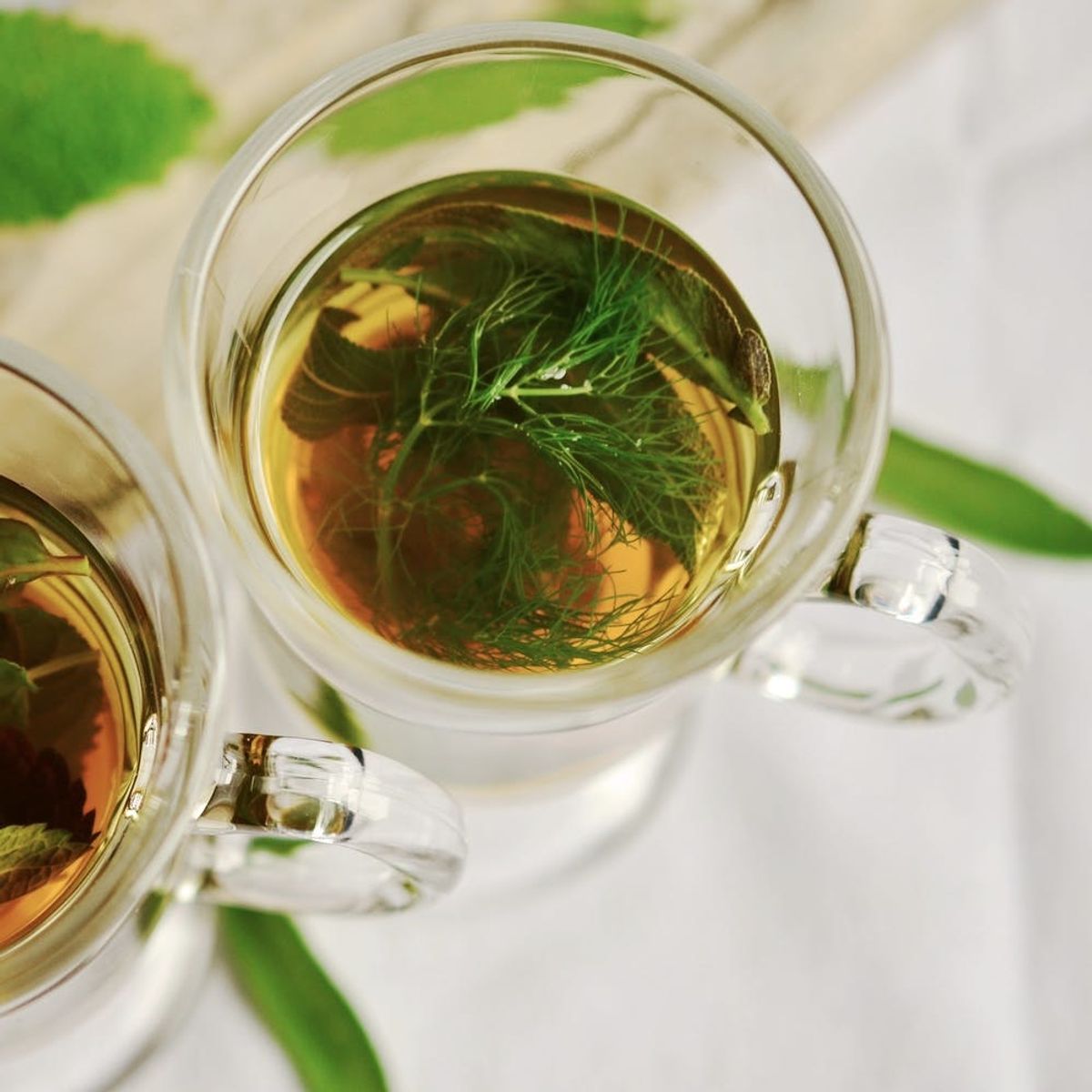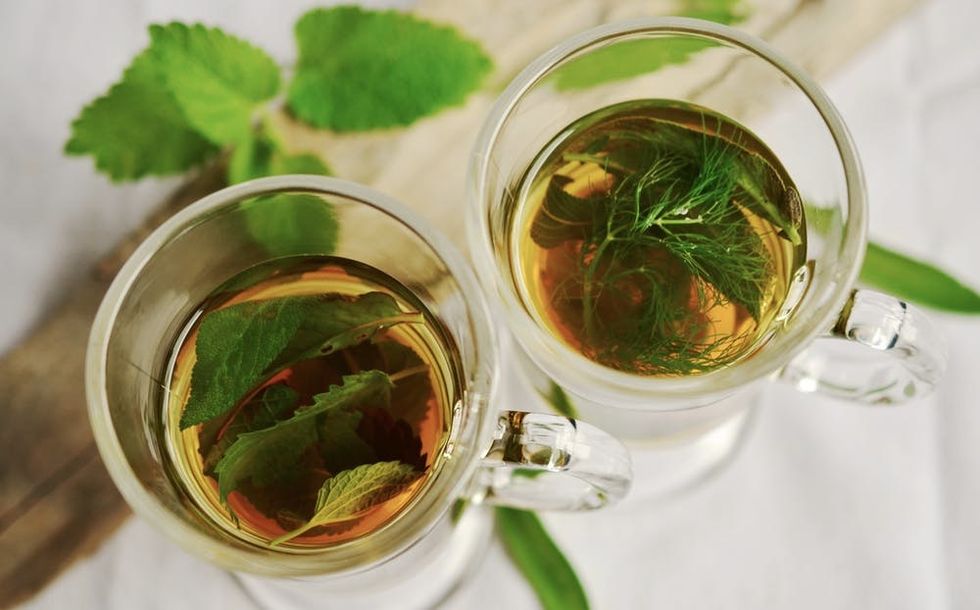How to Make Tea Like an Adult

Maybe dipping a generic teabag into a cup of hot water was sufficient when you were in high school, but now that you’re getting a little older, it’s time to make tea like a real adult. It’s just one of those things you should know how to do before you turn 25. Here’s a handy how-to guide to help you make the most flavorful tea possible.

Buy the Right Materials
Buying high-quality tea bags is a no-brainer, but there are a few other options as well. The finest tea leaves usually come in loose leaf form, which means you’ll get total control over how much tea to use and how strong you’d like your cup to be.
So here are your options: You could go the route of buying a traditional tea pot. A dedicated pot has a small filter enclosure where you’ll place loose-leaf tea prior to pouring in a designated amount of hot water. You could also go the route of making your own tea bags with muslin cloth.
Either way, you’ll need the loose leaf variety of your choice, a pot with a built-in filter, or DIY bags. As an alternative, you can simply put your leaves into a cup, pour water on top, allow it to steep, and then strain the mixture through a muslin cloth.
Know Your Tea Types
Get familiar with the different types of tea at your disposal. Teas tend to fall into the following categories:
- Oolong tea comes from the leaves of the Camelia sinsensis plant. Some of its variants include Tie Guan Yin (Iron Goddess), Dan Cong, and Ali Shan.
- Black tea types are often the strongest, most caffeinated. A few examples include Earl Grey, Masala Chai, and Darjeerling tea.
- White tea is made from the unopened buds of tea leaves, which is why this distinctive type of tea has such a gentle flavor. Some popular white tea types include White Peony, Silver Needle, and Eyebrow White tea.
- Green tea is famed for its health benefits, thanks to its high antioxidant content. If you love green tea, you’ll probably have heard of Matcha, Sencha, and Gyokuro teas.
- Herbal teas are basically just water steeped with various types of herbs, rather than containing traditional tea leaves. Think peppermint, dandelion, chamomile, and ginger-turmeric teas.
- Yellow teas are very rare, and hail from the Anhui, Sichuan, Zhejiang, and Hunan provinces in China. The most popular type of yellow tea is the Jun Shan Silver Needle.
Steep It Properly
When you steep your tea, don’t, under *any* circumstances, simply leave the leaves in as you sip. Start by boiling cold water over the stove in a tea kettle, or at the very least, a pot (don’t just warm it up in the microwave). After the water is hot, pour it into your cup over the tea leaves. Then, allow it to steep for the proper amount of time — and be sure to use the right ratio of water to tea.
- Oolong: Steep 0.5 teaspoon per cup for 3-6 minutes.
- Black tea: Steep 0.5 teaspoon per cup for 3 minutes.
- Green tea: Steep 1 teaspoon per cup for 3-4 minutes.
- White tea: Steep 1 teaspoon per cup for 7-9 minutes.
- Yellow tea: Steep 1 teaspoon per cup for 3 minutes.
Consider Making Blends
Once you have the process down, you can consider mixing your tea leaves with other herbs and infusions to give your cuppa even more flavor.
For example, make a spicy chai blend by combining Darjeeling tea with cinnamon, cloves, cardamom, and black pepper. For an herbal twist: Mix dried peppermint leaves with lavender buds, lemon peels, dried chamomile, and fresh ginger.
Follow us on Pinterest for more food news and drink recipes!



















